All my life I have I had a fascination for Astronomy, but it wasn’t until later in my adult life where I could afford the proper equipment to not only image the universe, but study it directly.
Planetary nebula have fascinated me for a multitude of reasons. While they may not be as glorious to look at as a distant galaxy or emission nebula, they represent the most pivotal object in the universe; the death of a star releasing a tremendous amount of elements of which everything is made from. Essentially everything is made from ‘star dust’ including us. In this case they are not supernovas, rather a low mass star swelling up at it’s life’s end ejecting a shell of gas leaving a small core known as a white dwarf.
WR 134 is a variable Wolf-Rayet star located around 6,000 light years away from Earth in the constellation of Cygnus, surrounded by a faint bubble nebula blown by the intense radiation and fast wind from the star. It is five times the radius of the sun, but due to a temperature over 63,000 K it is 400,000 times as luminous as the sun. Image by Douglas Struble
To begin with, there is nothing planetary about planetary nebula. These planetary nebula were originally titled as such by William Herschel. He originally discovered Uranus and had thought that the planetary nebula he found resembled that. To this day, for some odd reason, we still call these white dwarf remnants ‘planetary nebula’.
Sh2-188 (Sharpless2 188) a planetary nebula that is moving through the Inter Stellar Medium. The nebula is considered to be one of the most extreme examples of planetary nebula and ISM interaction. The bright parts of the filamentary rim is the shock front with a faint tail of material stretching away. Image by Douglas Struble
The first planetary nebula to be discovered was the Dumbbell Nebula by Charles Messier in 1764 (M27). On November 13, 1790 William Herschel discovered NGC 1514, which he described as “a most singular phenomenon” which lead him to reexamine his idea of how the cosmos is created. What he has saw was the remnant of a single star at it’s death surrounded by expanding gases.
Personally, I have captured many planetary nebula over the past three years not only for my interest in studying them, but also because they mainly emit Hydrogen Alpha and Oxygen Three, which is a very narrow slice in the visual spectrum and well suited for me living just outside of Detroit, Michigan with a Bortle Dark-Sky Scale of 7. I mainly use an Explore Scientific 152mm Carbon Fiber triplet with a focal length of 1216mm mounted on an Astro-Physics Mach1 GTO and Astrodon narrowband filters.
I started out capturing the usual suspects, like the Dumbbell Nebula (M27) and the Ring Nebula (M57). These two are very good bright planetary nebula to start out on. As time went on, I became more curious about fainter and more rarely captured planetary nebula. Typically, with most planetary nebula, we see the remnants of a white dwarf at the center. The expansion of gas generally fade after about 20,000 years but in some more rare cases the gas re-ignited. I found this in the case recently capturing 30 hours of Ha and OIII on MWP1 and ALV1, which can be framed up in the same image if carefully done. I find these more ancient and rare planetary nebula fascinating considering this is the death of a star, but is re-energized to some degree.
The Ring Nebula, M57, discovered by the French astronomer Charles Messier while searching for comets in late January 1779, is a planetary nebula in the northern constellation of Lyra. Such objects are formed when a shell of ionized gas is expelled into the surrounding interstellar medium by a red giant star, which was passing through the last stage in its evolution before becoming a white dwarf. M57 is 2,300 light-years from Earth. Photographs taken over a period of 50 years show the rate of nebula expansion is roughly 1 arc second per century. The interior parts of this nebula have a blue-green tinge that is caused by doubly ionized oxygen. Image by Douglas Struble
In another case when capturing Sharpless 174 (Sh2-174), I noticed that the white dwarf was not central at all. This planetary nebula is so old that the comic wind shifted the gas. It is so old and so faint that it took me 60 hours between Ha and OIII. My final image was published in the BBC Sky at Night magazine this year.
Sh2-174 is an unusual ancient planetary nebula. Usually the white dwarf can be found very near the center of the planetary nebula. But in the case of Sh2-174 it off to the right. (It is the very blue star near the center of the blue gas). This asymmetry is due to the planetary nebula's interaction with the interstellar medium that surrounds it. Image by Douglas StrubleMore planetary nebulae by Douglas Struble:
- Rare NGC 2371 Planetary Nebula
- M97 Owl Nebula in Ha & OIII
- NGC 1514 Crystal Ball Nebula in BiColor Ha & OIII
- Jones 1 Planetary Nebula in Ha & OIII (Not Jones-Emberson 1)
As an Amazon Associate we earn from qualifying purchases.

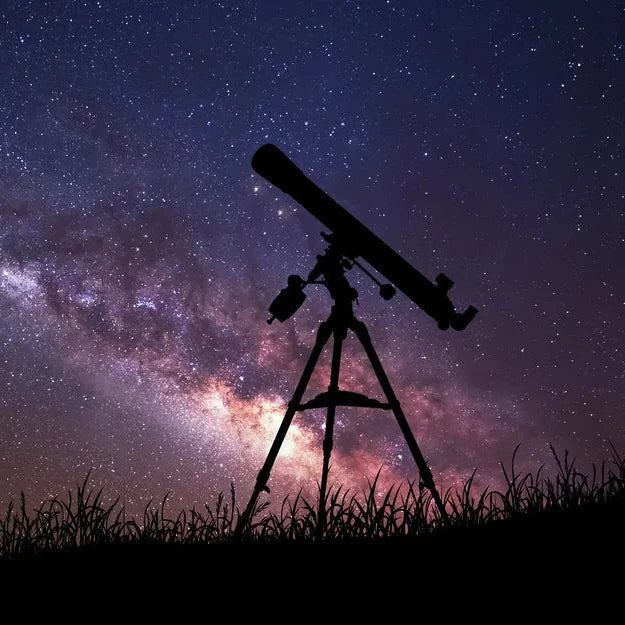
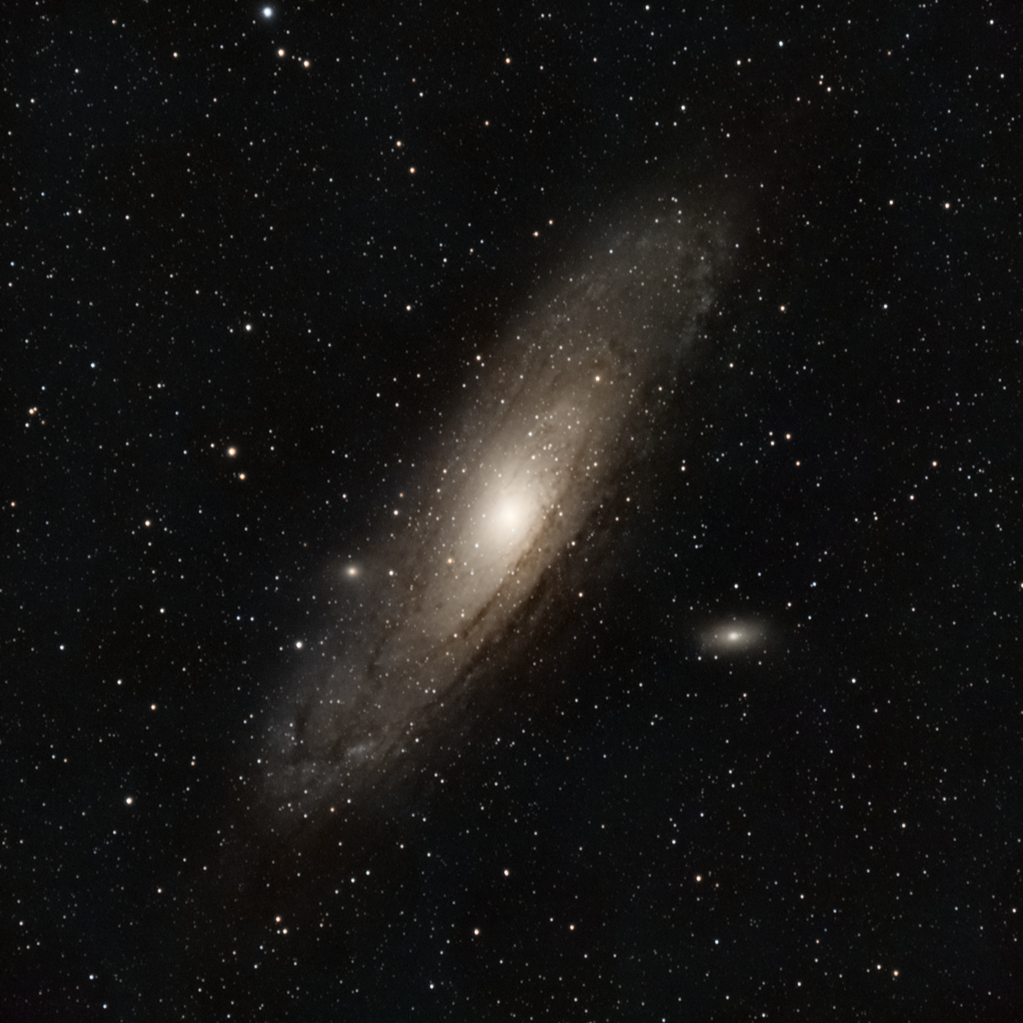
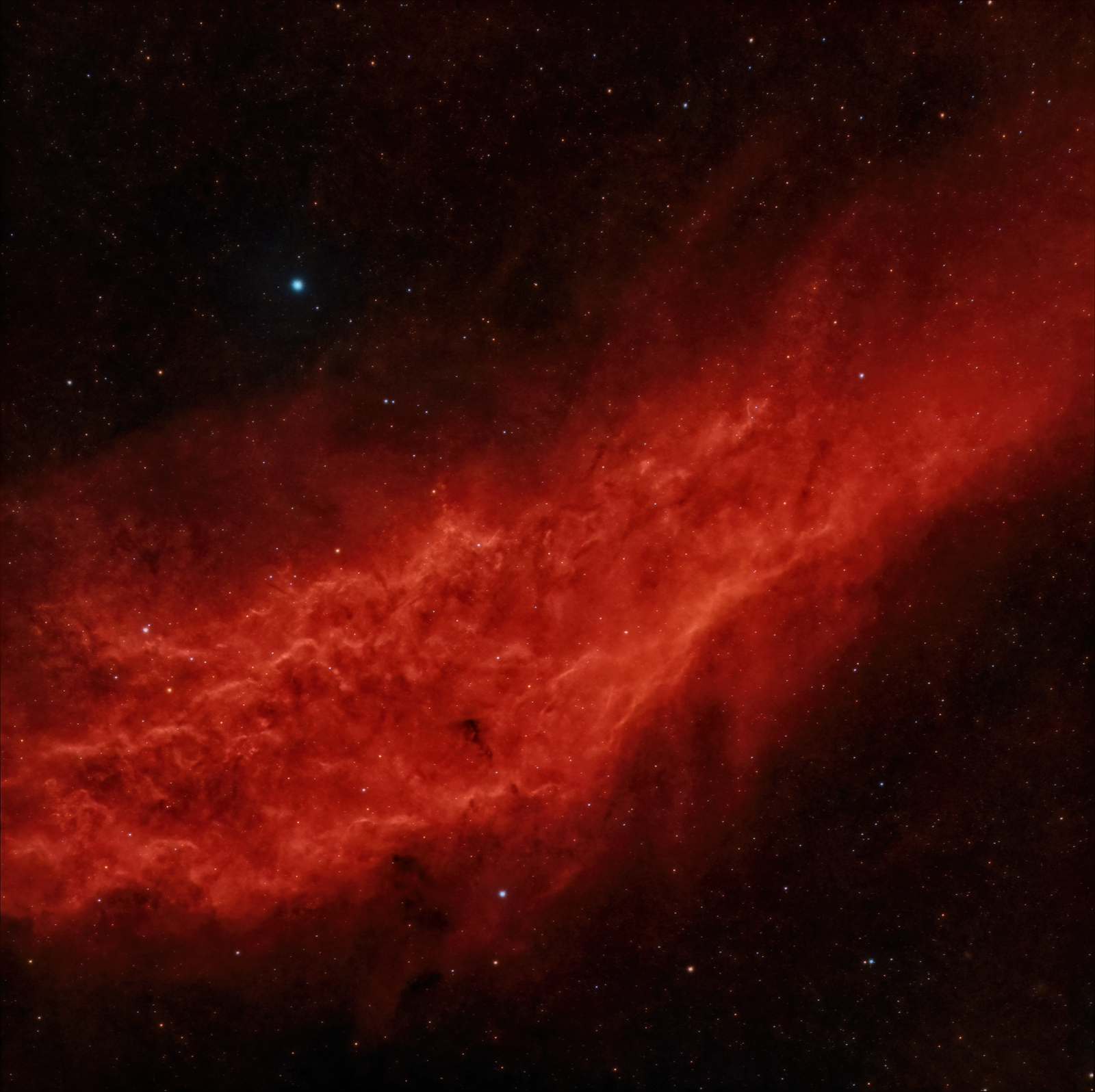






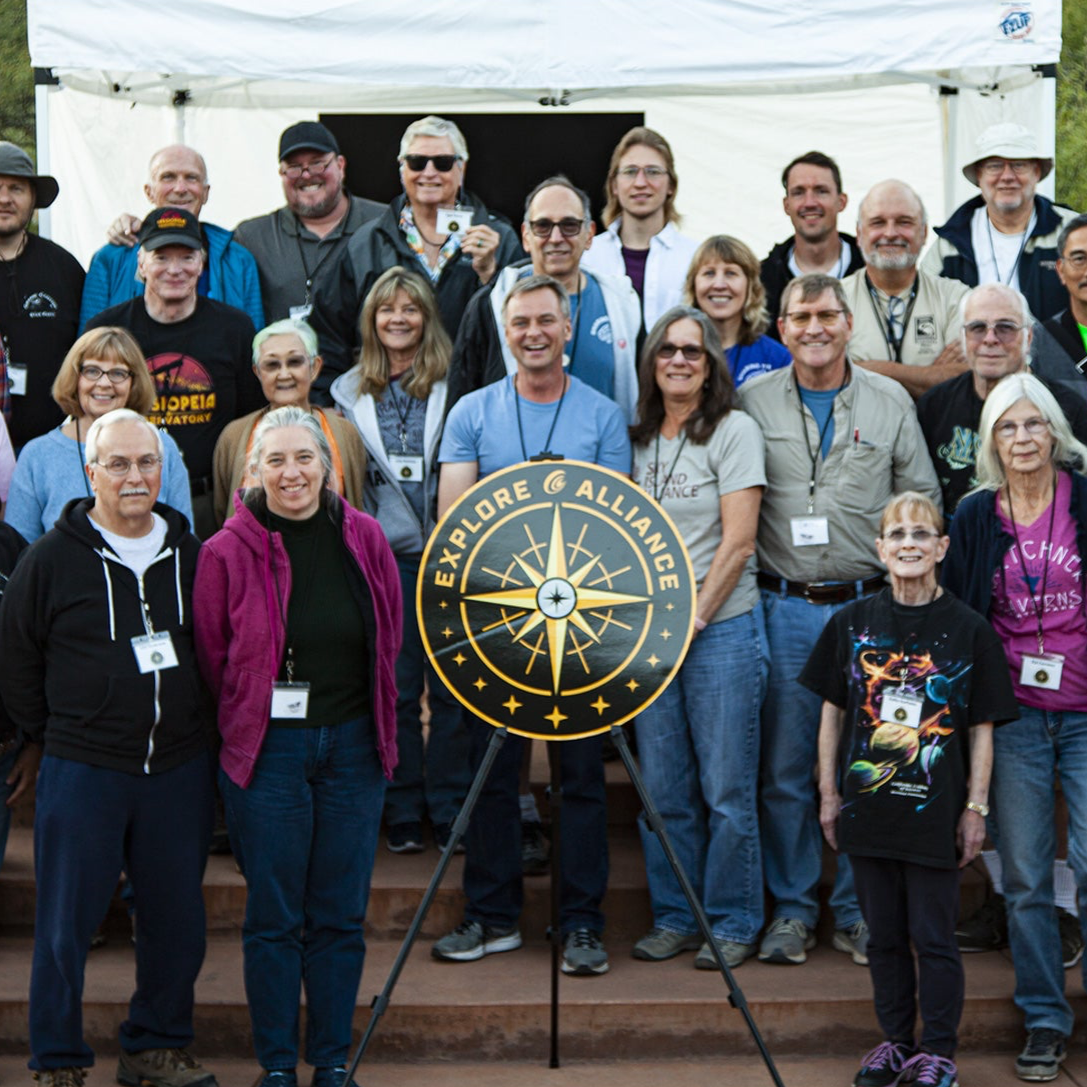






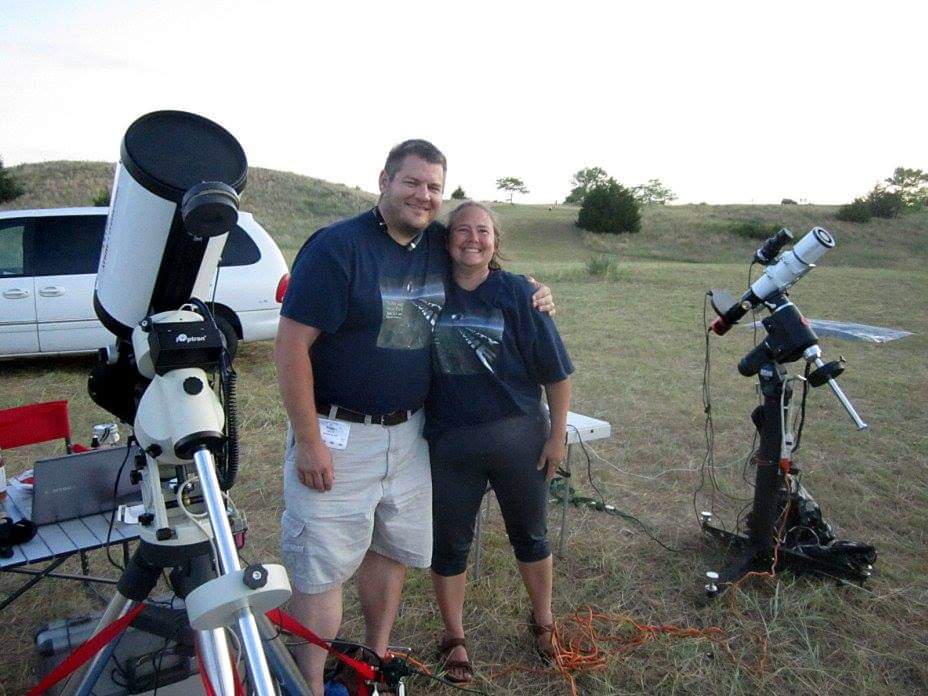
2 comments
Ralph MIller
Douglas,
I applaud your presentation and intend to read it again and again. I think Explore Scientific has done us a favor by having it available for us to read. I became interested in Astronomy and telescopes about four years ago and am fascinated in what I have learned. More need to learn about what is up there to see. Those creating equipment like the new PMC-8 / iEXOS 100 are doing important work and we need them to be successful. Best wishes. RSM, PE
gNGDHAKX
kCUzNpqgsOm
Leave a comment
All comments are moderated before being published.
This site is protected by hCaptcha and the hCaptcha Privacy Policy and Terms of Service apply.